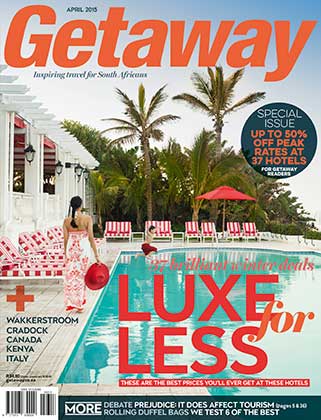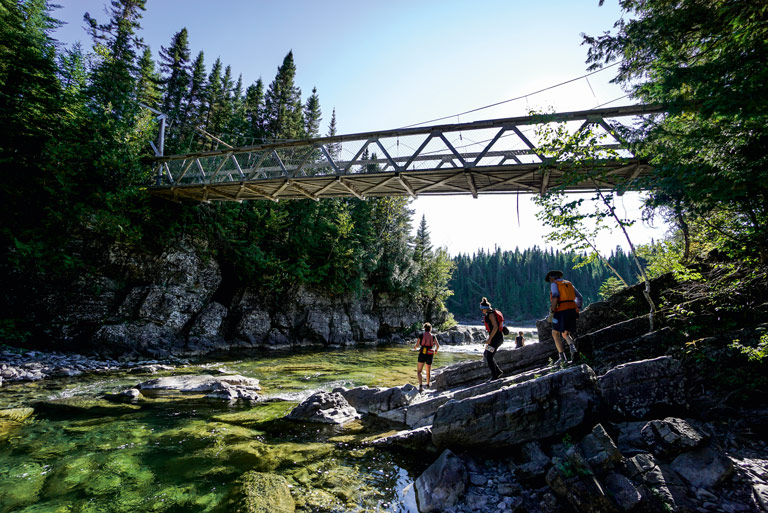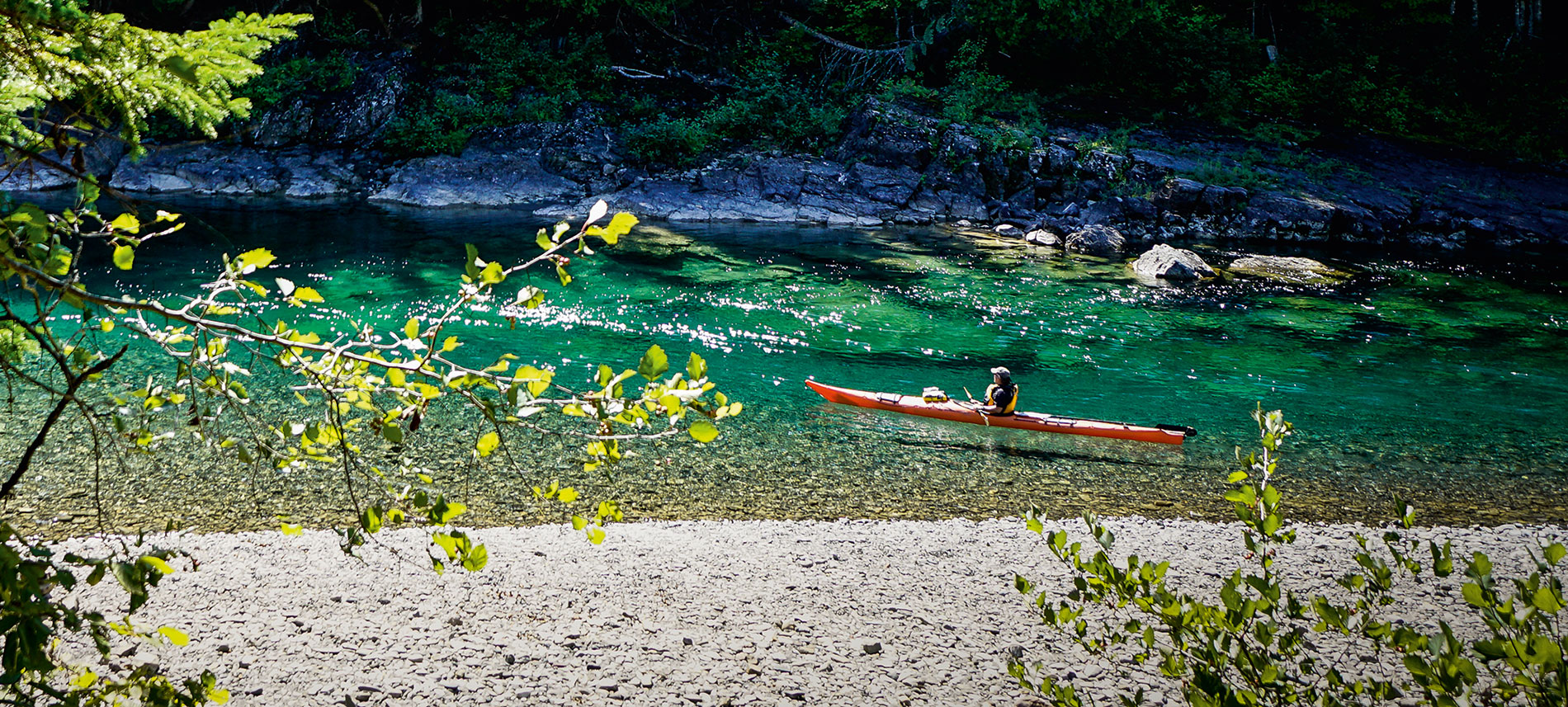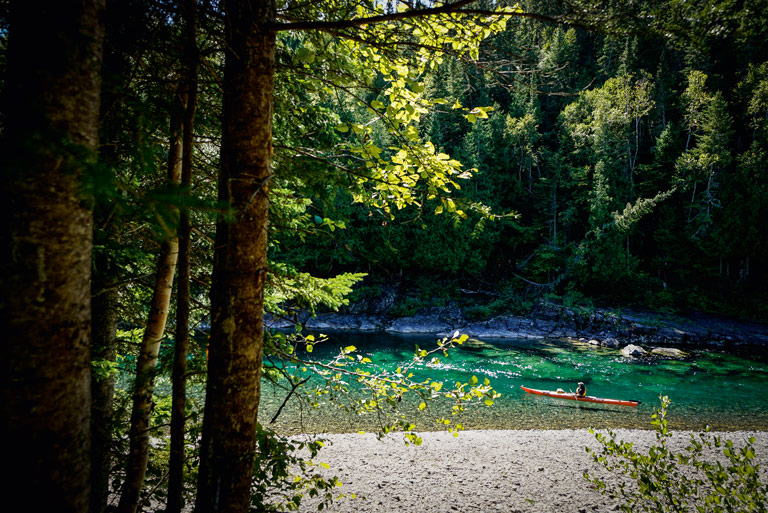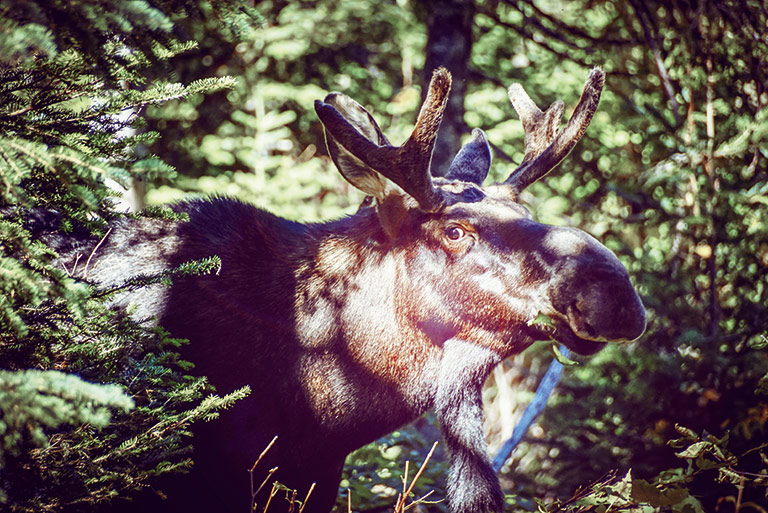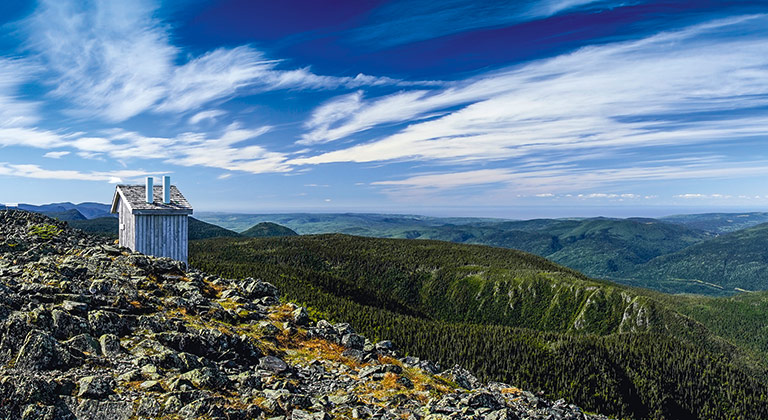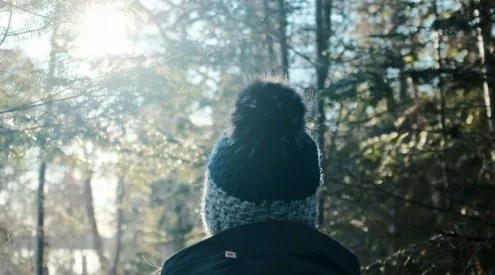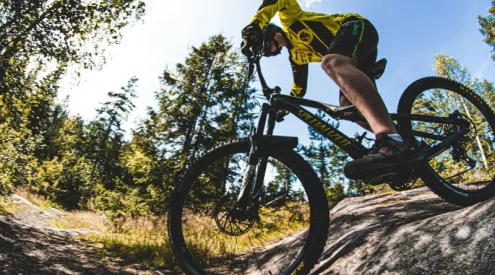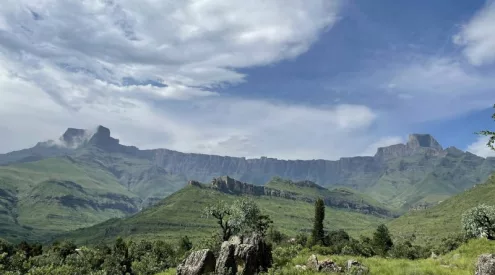With a face fit only for a forest, the googly-eyed moose wins no prizes for charm. The Gaspésie Peninsula, however, is a place of infinite beauty with an abundance of options for the active.
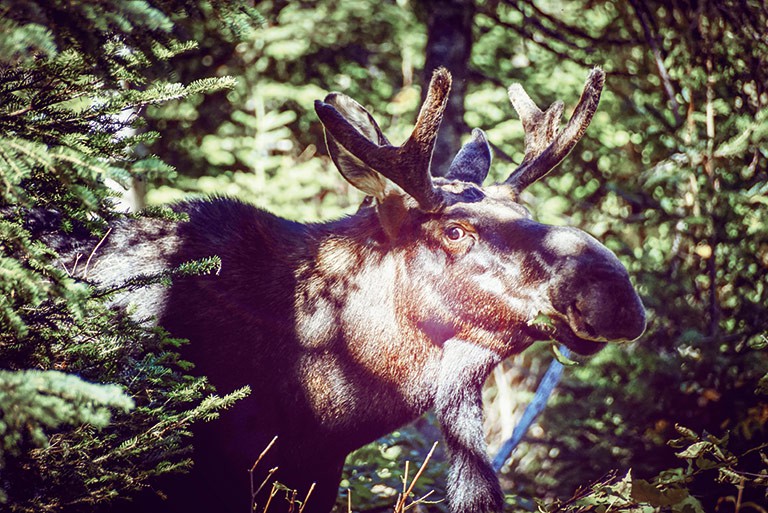
Moose are especially plentiful in Québec’s Gaspésie National Park, and are the biggest herbivores found on the North American subcontinent. Although they are generally solitary and sedentary animals, they may become extremely aggressive during rutting season, or when disturbed.
As far as the deer family goes, I would not willingly vote for the moose in a Pretty Ungulates of the World contest. Their dollop noses are reminiscent of that of the proboscis monkey of Borneo. And they seem to share a set of slap-up features found in downhearted mules and bewildered wildebeests. Then there are the spreading antlers, bulging eyes and drooping dewlap beards. All in all, it’s not a pretty picture.
They are also huge, and inquisitive. I discovered this while looking through a lens at one such cloven-hoofed beast. The bad boy in question started edging too close for me to focus. I quickly realised that this 700kg hulk of meat with pointy bits could, just maybe, spell danger.
I was in the thick forests of Gaspésie National Park with a few days to spare before photographing the Raid International Gaspésie – a four-day adventure race that pits some of the world’s toughest humans against each other in Québec’s pristine wilderness. A race against a moose, however, is another thing entirely. A quick glance around me confirmed that, if it came to it, I was going to lose. I edged in behind a thick, moss-covered tree trunk.
For the next five minutes (it felt more like an hour), the moose and I traded glares. Finally, the hulk wandered off into the emerald gloom. I gathered up my gear and continued briskly further up the trail to Mont Albert, every so often casting a wary glance backwards.
A short walk later, I emerged from the thick boreal forests into a wonderland of subalpine heathers, blanketed along undulating ridges overlooking the vast expanses of the national park. On a rocky outcrop overlooking the tranquil Lac du Quiscale, at an altitude of 1045m, I propped my weary ass onto a suitable boulder and took in this amazing space.
In front of me, a wooden boardwalk split a marshy and mountainous tableau in two perfect halves; a couple of small deer were hotfooting it over a grassland ridge to the West. There was a severe rockscape that tumbled into the valley beyond. Behind me, a sturdy mountain hut bucked up amid stunted spruce, and a perky wooden outhouse perched some distance away on the very edge of the ravine overlooked a thickly wooded valley.
‘I bet that toilet is one of the world’s top 10 loos with a view,’ I thought as I lay back in the autumn sun to take a huge slug of Snapple. It was my first moment of peace and quiet after 36 solid hours of travelling, and I’d be damned if I wasn’t going to enjoy it to the full.
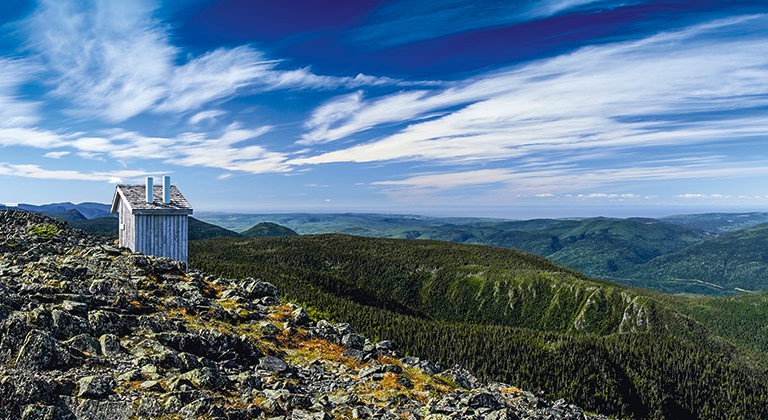
The ‘Loo with a View’ atop the Mont Albert circuit in Gaspésie National Park. The Chic-Chocs and McGerrigle Mountains traverse the park; among them is Mont Jacques Cartier, the second highest peak in Québec.
Gaspésie – home of adventure
Since my arrival on the edge of the Baie-de-Chaleurs (Bay of Warmth, also known as BDC) it was impossible to keep adventure at more than arm’s length. My first point of contact – after stepping off the bus at close to midnight – was with Raphaël, owner of Aventure Aux 4 Vents (Adventure to the 4 Winds) who specialises in floating yurts.
‘Ah yes, you’re the South African,’ he laughed as he grabbed a life jacket, paddle and canoe from his shed. Raphaël then pointed at the bay where a light glimmered in the distance, indicating the direction I should paddle against a stiff breeze. ‘But first,’ he announced gleefully, ‘we should have a rum!’
After a couple of stiff drinks we set off, blading away into the night. We arrived, Raphaël gave me a quick tour of the yurt – a collapsible circular tent constructed from felt – and then I watched as he paddled into the darkness, leaving me adrift on the tides somewhere on the edge of the Gulf of Saint Laurent.

My yurt for the night on the Baie-de-Chaleurs, near Carleton-sur-Mer.
Throughout my journey, I was blown away by the easy affinity I found with the people of the Gaspésie Peninsula, from Raphaël at the Baie-de-Chaleurs, Sophie Gagnon the tourism officer for the BDC region, the locals around Gaspésie National Park to the staff at the Cime Aventures’ eco-lodges in the town of Bonaventure. Here, I spent an evening in a beautifully constructed wooden chalet high in the branches of the forest.
It was also at this point that I became acquainted with a heavenly local craft beer called Pit Caribou from the local micro-brewery in Bonaventure and a devilish little dish by the name of poutine. My excuse is I was hungry (and a few thousand miles from that man Noakes), so the heaped bowl of chips and fried cheese curd, topped with strips of duck and some garnish, went down the hatch quick sticks.
At sunrise I paddled an Indian canoe down the incomparable Bonaventure River. I do not use the term lightly, as this river is rated as one of the clearest and purest courses of water in the world. The likes of Hollywood stars to oil billionaires own hideaway cabins along its banks. (Rumour had it that we paddled past Tom Cruise’s pad, but I couldn’t have cared less, as all I had eyes for was this indescribably beautiful stretch of river.) Aquamarine rapids and cerulean pools – at times so clear it felt as if we were floating on pure vodka – slipped by as a temperate sun rose high.
A bank-side braai organised by the bubbly Gaspésie guides set the tone as we swam in the near-zero-degrees water, immersed ourselves in giant potholes, and edged our open canoes along the ebb and flow of the beautiful Bonaventure. If there was a better thing to do with this specific day, anywhere else in the world, I didn’t want to know about it.
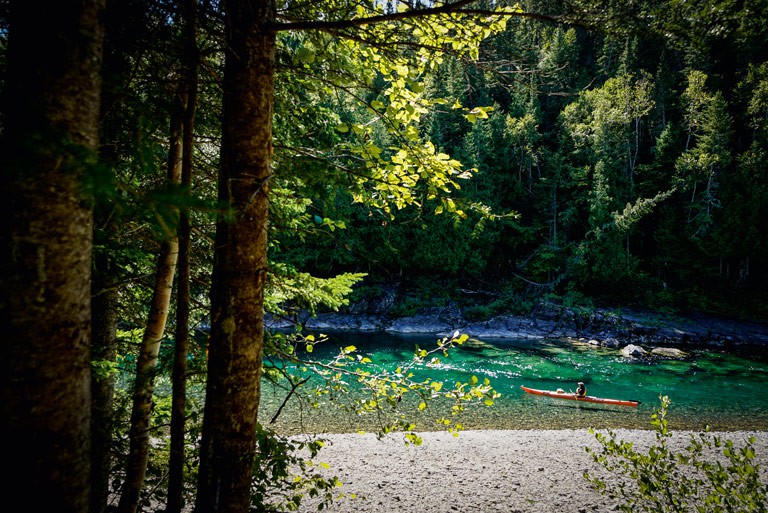
The Bonaventure River is rated as one of the clearest and purest water courses on the planet.
Getting to Gaspésie National Park
When visiting Québec, you will be logging some serious airtime. I flew British Airways from Cape Town to Johannesburg to London, where I had to endure an 11-hour wait before catching my connection to Montreal via Air Canada. Expect to pay in the region of R13464 (SAA), R14014 (British Airways) or R16624 (Virgin Atlantic). From there I took the Orient Express bus to my first stop Carleton-sur-Mer, 52 hours after leaving home. A journey of about 800km from Montreal, either by bus or train, will get you to Carleton-sur-Mer. Check ticket costs (usually from R3366) and timetables for the train. The bus journey is quicker, more affordable and comfortable with on-board Wi-Fi and spacious seats.
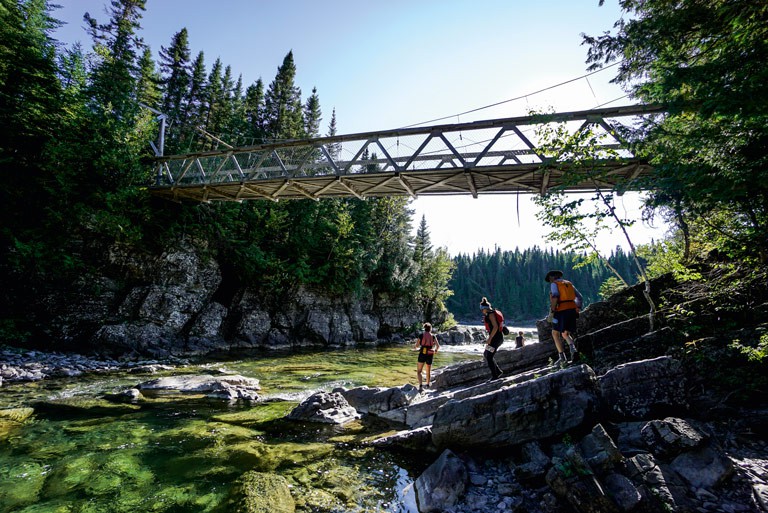
Paddlers explore an old bridge over a tributary of the crystal-clear Bonaventure River during a canoeing expedition.
When to visit Québec
Decide whether you want to experience the Baie-de-Chaleurs region in summer or winter. Even though the BDC has its own warmer microclimate, it gets chilly in winter. There is not a lot of snow but the mountains are not that far off. I went in September during autumn The weather was benign. The activities listed here are options for the warmer part of the year.
Things to do in Gaspésie National Park
- Snorkel in the clear waters of the Bonaventure River and sleep in a tree eco-lodge at Cime Aventures in Bonaventure town.
- Hike and trek in the endless network of breathtaking trails in the Gaspésie National Park.
- The Raid International Gaspésie is a four-day adventure race for teams of two or four competing in different sports.
- Visit Miguasha National Park near Nouvelle for an interesting wilderness and cultural experience.
- Book a sailing excursion with Écovoile to explore the Bay of Warmth from the town of Carleton-sur-Mer.
- Kayak the easy rapids of the Cascapédia River, and fish for striped bass at Taylor Point.
- Explore hiking trails between the villages of Carleton and Maria, and stop at Mont Saint-Joseph chapel for a glorious view of the bay.
- Visit the Bioparc in Bonaventure.
- Spend a night on a floating yurt for a truly different experience on the tides of the vast Baie-de-Chaleurs.
- Explore the marinas and villages along the coastline for insight into Québécois life.
- Visit the yak farm in Saint-Elzéar.
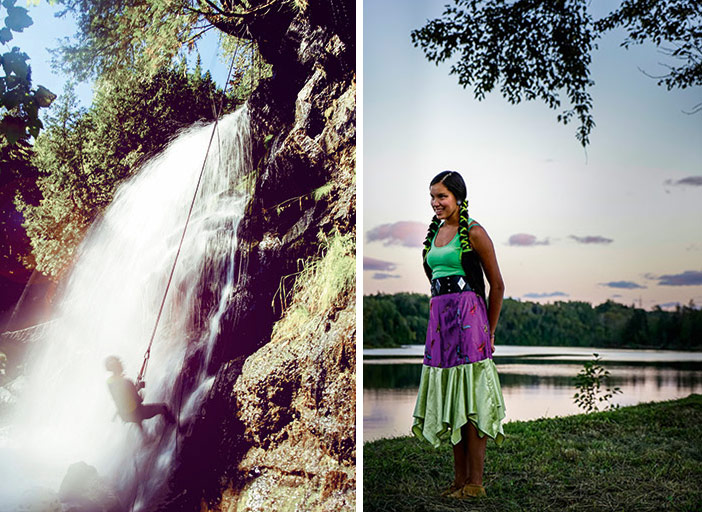
LEFT Abseiling during the Raid International Gaspésie multisport event in which a South African team competed. RIGHT This First Nations woman in traditional dress is from the Mi’kmaq tribe.
Need to know
Locals are, in general, fiercely proud of their French heritage, and basic French will get you a long way. Some villages are more anglophone, but don’t expect to be understood if you yammer away in English. The culture is rural with a focus on the outdoors, especially in the smaller villages, while Montreal rates as one of the most stylish cities I’ve ever visited.
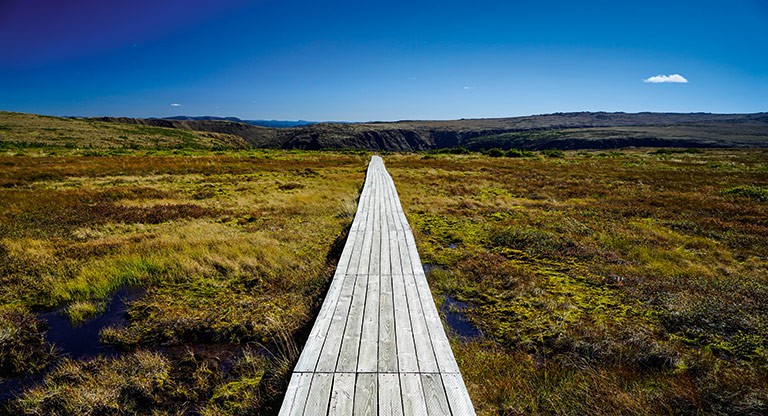
A boardwalk bisects a wetland area within the upper reaches of the glorious Gaspésie National Park.
Where to stay in Québec
There is a jaw-dropping range of accommodation options. Where you stay depends on how adventurous you would like to be.
Cime Aventures has wooden chalets set in the treetops of Bonaventure, where you can get back to nature. R1864 per person.
Aventure Aux 4 Vents lets you paddle into the vast bay to a floating yurt for a night on the water off the Carleton-sur-Mer coast. R1218 per person.
Le Manoir Belle Plage is for those in search of stylish bliss on the coastline in Carleton-sur-Mer. From R623 per person.
What to eat
Brûlerie du Quai, a wooden bungalow near the entrance to the old harbour has the best coffee on Baie-de Chaleurs.
At some stage you will be confronted by the local, gastronomically challenged dish, poutine. It consists of French fries, gravy and cheese curd, and is often topped with anything from slivers of duck or steak strips to pâté de foie gras. Good luck!
This article first appeared in the April 2015 issue of Getaway magazine.
All prices were correct at time of publication, but are subject to change at each establishment’s discretion. Please check with them before travelling.
